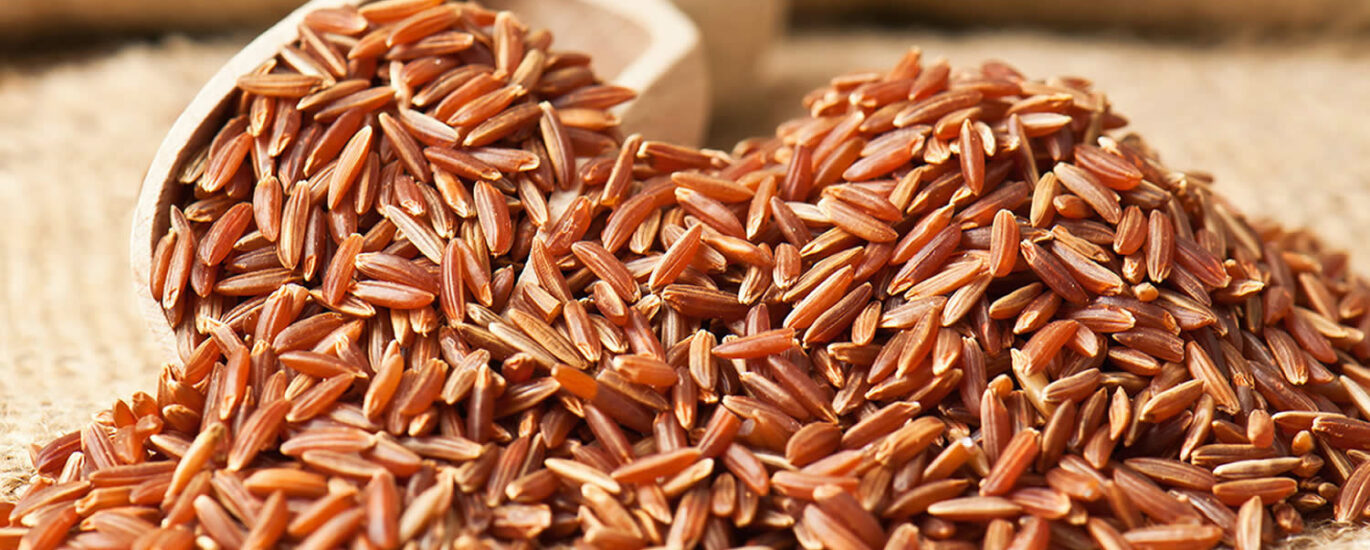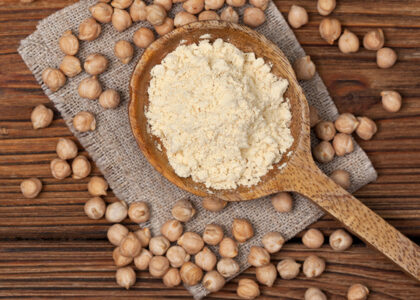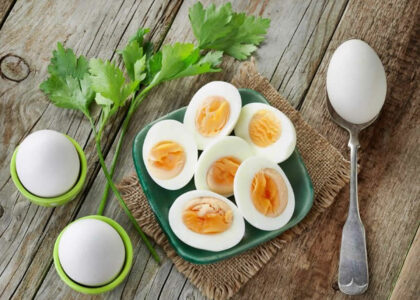Red yeast rice is a traditional Chinese medicine that has gained popularity in recent years for its potential health benefits. It is made by fermenting rice with a specific strain of red yeast called Monascus purpureus. This fermentation process results in the formation of a compound known as monacolin K, which is chemically identical to lovastatin, a prescription medication used to lower cholesterol levels. In addition to its cholesterol-lowering effects, red yeast rice is also believed to have other health benefits. However, it’s important to understand the potential side effects and proper dosage before incorporating red yeast rice into your routine. In this comprehensive guide, we will explore the benefits, side effects, and dosage recommendations for red yeast rice.
Benefits of Red Yeast Rice:
- Cholesterol management: One of the primary benefits of red yeast rice is its ability to lower cholesterol levels. The monacolin K compound inhibits the production of cholesterol in the liver, leading to reduced LDL (bad) cholesterol levels. Several studies have shown that red yeast rice supplementation can effectively reduce total cholesterol, LDL cholesterol, and triglyceride levels.
- Heart health: By lowering cholesterol levels, red yeast rice may help improve heart health and reduce the risk of cardiovascular diseases. High cholesterol is a major risk factor for heart disease, and by controlling it, red yeast rice can contribute to maintaining a healthy heart.
- Antioxidant properties: Red yeast rice contains various antioxidants, including monascin and ankaflavin, which can help neutralize harmful free radicals in the body. Antioxidants play a crucial role in protecting cells from oxidative damage and reducing inflammation, thereby promoting overall health and well-being.
- Anti-inflammatory effects: Inflammation is a common underlying factor in many chronic diseases. Some studies suggest that red yeast rice may have anti-inflammatory properties, which could help reduce inflammation and potentially benefit conditions like arthritis and certain cardiovascular disorders.
- Weight management: Red yeast rice has been associated with modest weight loss effects in some studies. While the exact mechanisms are not fully understood, it is believed that red yeast rice may enhance metabolism and promote fat burning, which can aid in weight management efforts.
Side Effects of Red Yeast Rice:
- Muscle pain and weakness: One of the main concerns associated with red yeast rice is the potential for muscle-related side effects. This is primarily due to the presence of monacolin K, which is identical to lovastatin. Just like lovastatin, red yeast rice can cause muscle pain, weakness, and in rare cases, muscle damage. If you experience any muscle-related symptoms while taking red yeast rice, it’s important to consult your healthcare provider.
- Liver toxicity: Although rare, red yeast rice has been associated with liver toxicity in some cases. This is why it’s important to monitor liver function regularly if you decide to take red yeast rice. If you have a history of liver disease or regularly consume alcohol, it is recommended to avoid red yeast rice or use it under strict medical supervision.
- Gastrointestinal issues: Some individuals may experience mild gastrointestinal side effects such as bloating, gas, and stomach discomfort when taking red yeast rice. These symptoms are generally temporary and subside on their own. If the gastrointestinal side effects persist or worsen, it is advisable to discontinue use and consult a healthcare professional.
Dosage Recommendations:
Determining the appropriate dosage of red yeast rice can be challenging, as the concentration of monacolin K can vary significantly among different products. Additionally, the optimal dosage may depend on individual factors such as age, health status, and specific health goals. It is essential to follow the instructions provided by the manufacturer or consult a healthcare professional for personalized dosage recommendations. However, as a general guideline, most studies have used doses ranging from 600 to 2,400 milligrams of red yeast rice extract per day.
Here are some key points to consider when using red yeast rice:
- Start with a low dose: It is advisable to begin with a lower dose of red yeast rice and gradually increase it while monitoring your body’s response. This approach allows you to assess tolerance and minimize the risk of potential side effects.
- Follow a break cycle: To reduce the risk of muscle-related side effects, some experts recommend following a break cycle where you take red yeast rice for a few weeks, then discontinue it for a week or two before resuming. This cycling approach helps prevent long-term exposure to monacolin K.
- Regular monitoring: Regular check-ups with your healthcare provider are crucial while taking red yeast rice. They can monitor your cholesterol levels, liver function, and overall health to ensure the supplement is safe and effective for you.
- Quality control: When purchasing red yeast rice supplements, it’s important to choose reputable brands that undergo rigorous quality control and testing to ensure purity and accurate monacolin K content. Look for products that are standardized and have undergone third-party testing.
- Combination with other medications: If you are already taking cholesterol-lowering medications or other prescription drugs, it is important to consult your healthcare provider before adding red yeast rice to your regimen. There can be potential interactions that may affect the effectiveness or safety of certain medications.
- In conclusion, red yeast rice offers potential benefits for cholesterol management, heart health, antioxidant support, anti-inflammatory effects, and weight management. However, it is essential to be aware of the potential side effects, especially related to muscle and liver health. Following the appropriate dosage recommendations, monitoring your health regularly, and consulting with a healthcare professional can help ensure safe and effective use of red yeast rice as a supplement.
- The Ultimate Guide to the Best CBD Capsules In-Depth Review By Imbue Botanicals - September 24, 2024
- In-Depth Review of the Top CBD Tinctures By Empe-USA - May 23, 2024
- Ultimate Guide Comprehensive Review of the Best CBD Tinctures By Empe-USA - May 23, 2024







